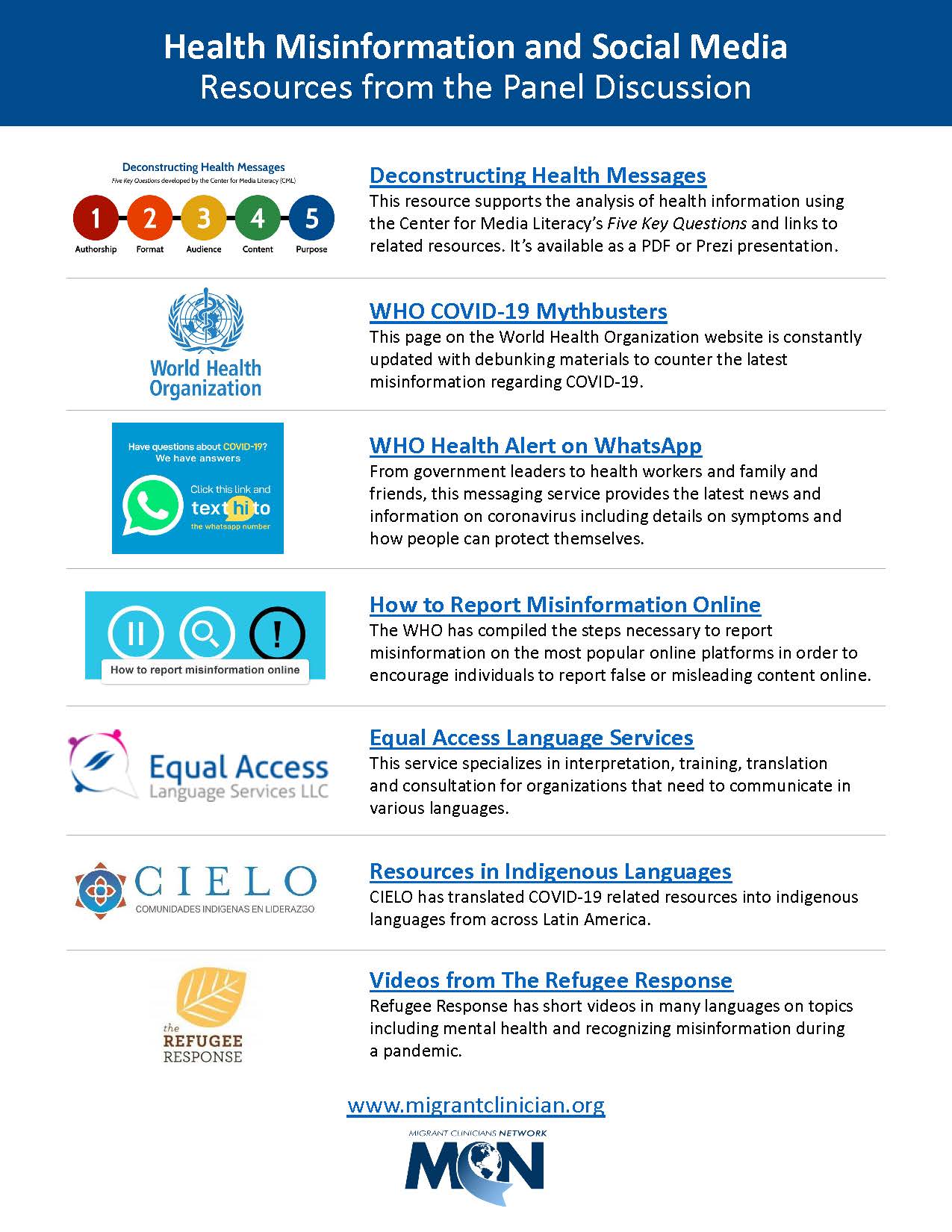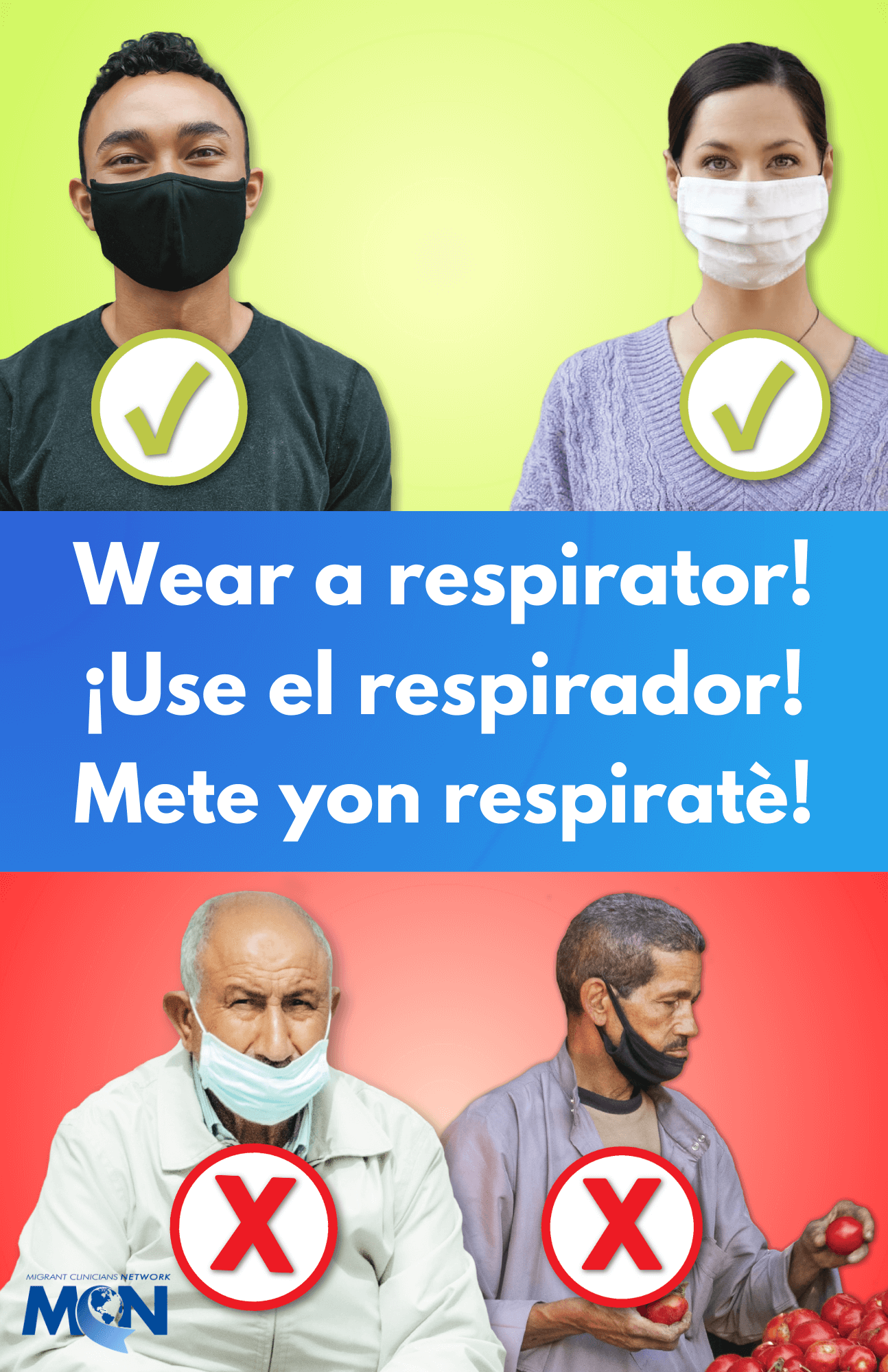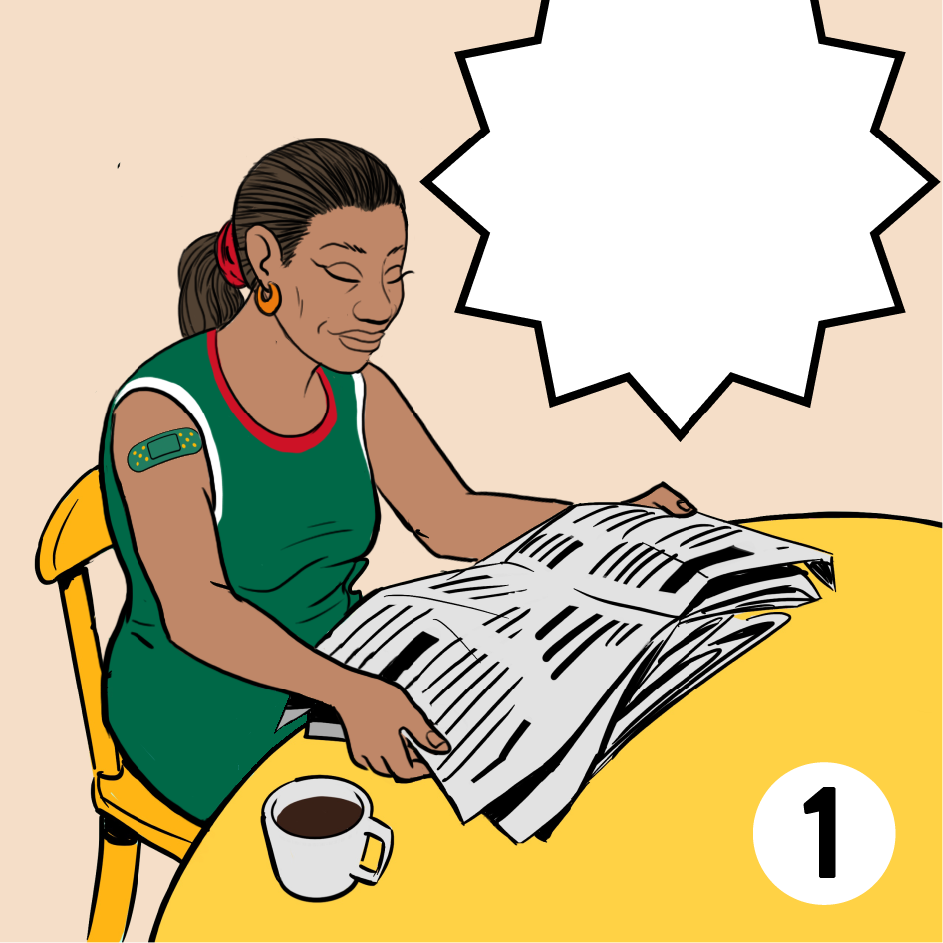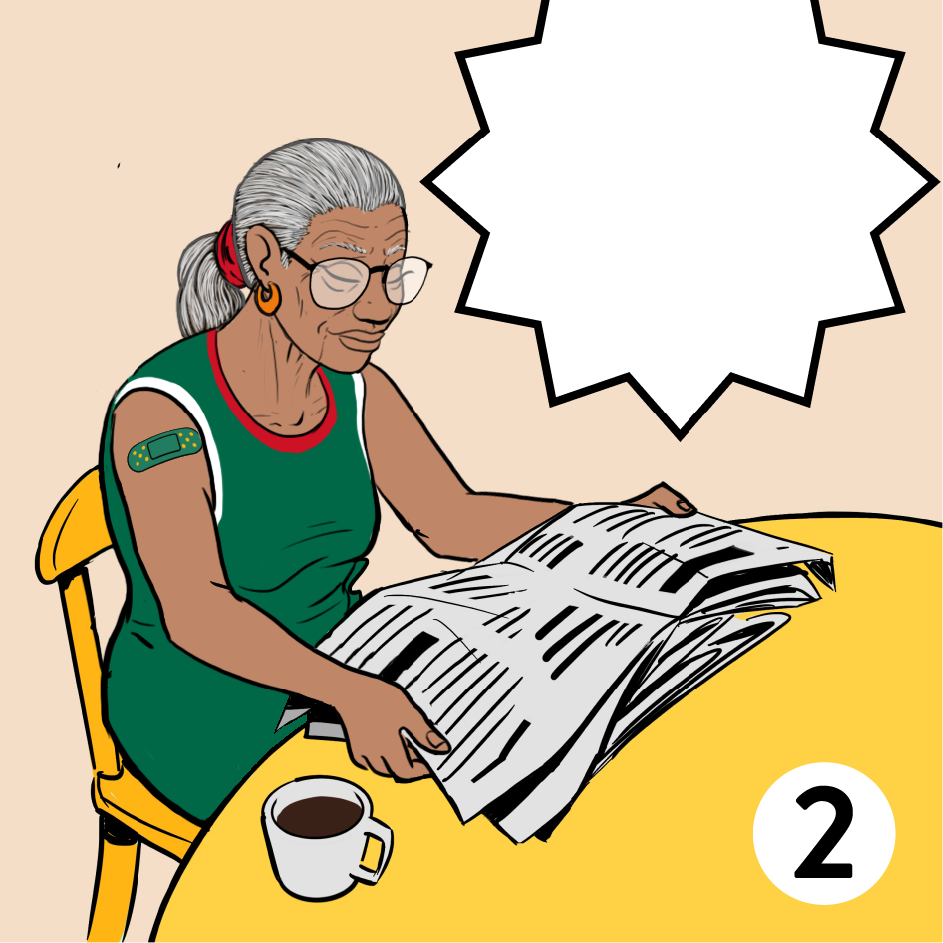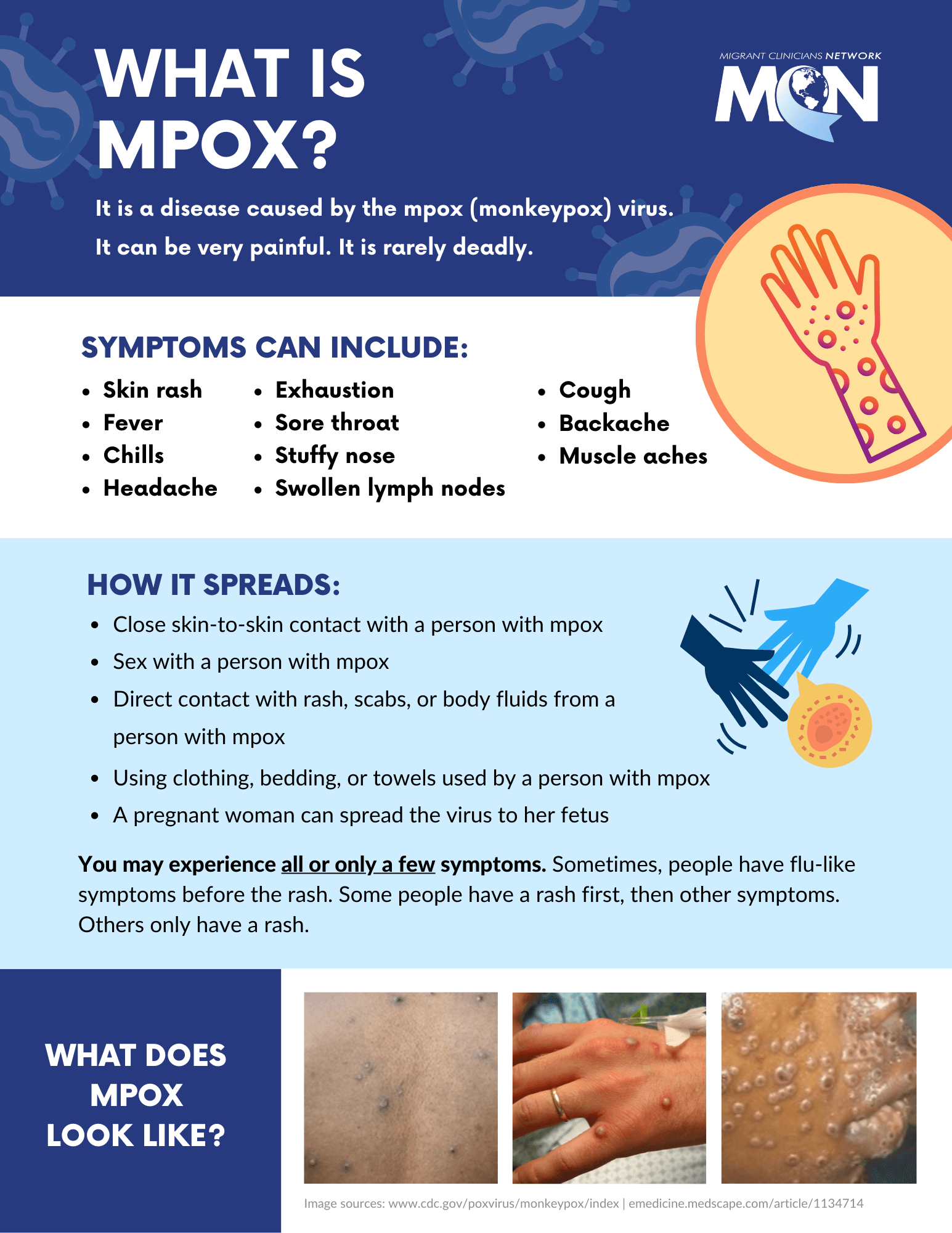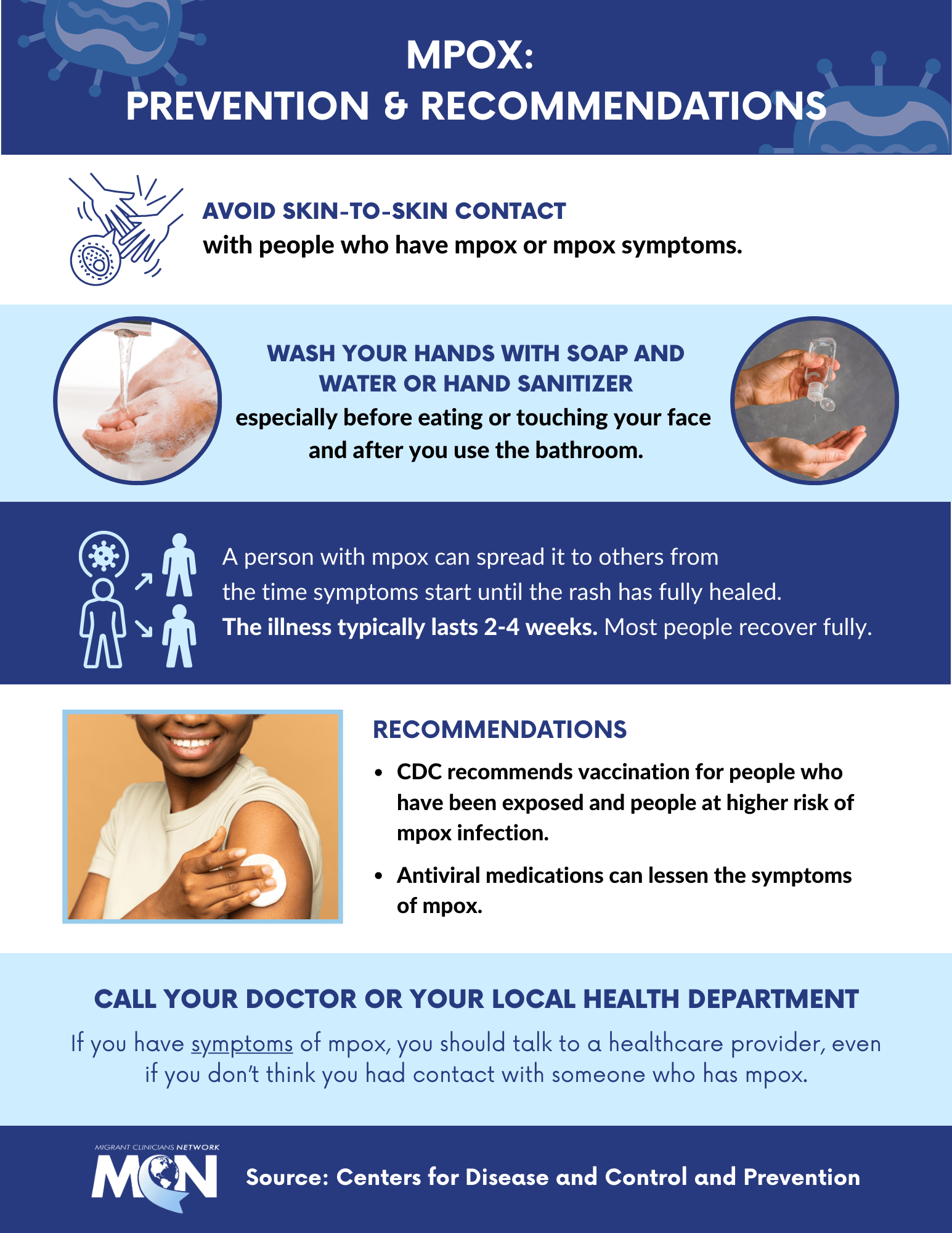Arthur L. Frank, MD, PhD, Amy K. Liebman, MPH, MA, Bobbi Ryder, BA, Maria Weir, MAA, MPH, and Thomas A. Arcury, PhD
Background The Agriculture, Forestry, and Fishery (AgFF) Sector workforce in theUS is comprised primarily of Latino immigrants. Health care access for these workersis limited and increases health disparities.
Methods This article addresses health care access for immigrant workers in the AgFF Sector, and the workforce providing care to these workers.
Contents Immigrant workers bear a disproportionate burden of poverty and ill health and additionally face significant occupational hazards. AgFF laborers largely are uninsured, ineligible for benefits, and unable to afford health services. The new Affordable Care Act will likely not benefit such individuals. Community and Migrant Health Centers (C/MHCs) are the frontline of health care access for immigrant AgFF workers.C/MHCs offer discounted health services that are tailored to meet the special needs of their underserved clientele. C/MHCs struggle, however, with a shortage of primary care providers and staff prepared to treat occupational illness and injury among AgFF workers. A number of programs across the US aim to increase the number of primary care physicians and care givers trained in occupational health at C/MHCs. While such programs are beneficial, substantial action is needed at the national level to strengthen and expand the C/MHC system and to establish widely Medical Home models and Accountable Care Organizations. System-wide policy changes alone have the potential to reduce and eliminate the rampant health disparities experienced by the immigrant workers who sustain the vital Agricultural, Forestry, and Fishery sector in the US. Am. J. Ind. Med.

